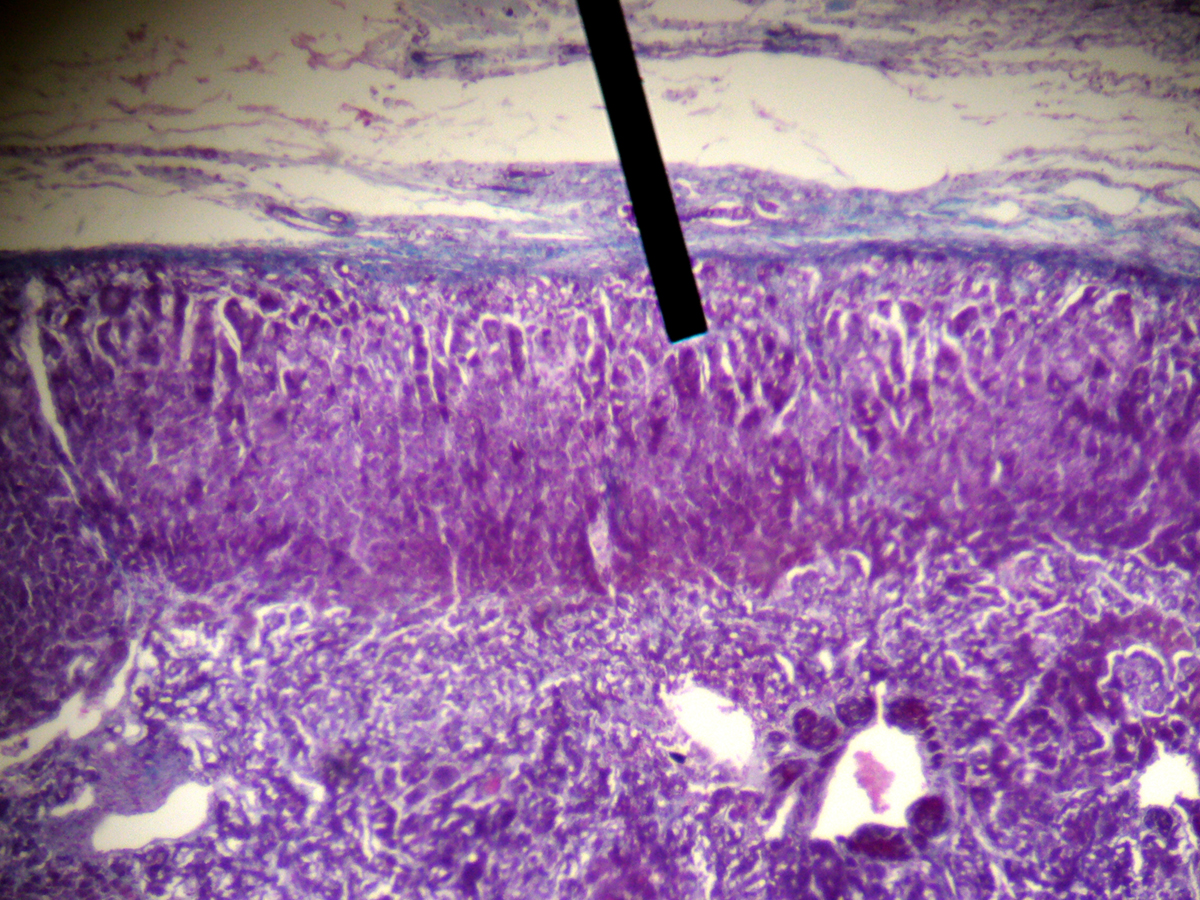

Establishing a dedicated multidisciplinary team with experience in managing these challenging cases is fundamental to offer treatment to patients with advanced disease, who would otherwise risk being turned down for surgery.

The association of CPB with hypothermic circulatory arrest (HCA) provides a bloodless operating field, direct intra-vascular vision, reduces the risk of embolization and allows extensive inferior vena cava (IVC) or RA repair in cases of infiltration of the vascular wall.

Pre-operative planning and surgical steps are described in details.

This paper discusses the surgical approach for the treatment of adrenal tumours extending into the right atrium (RA), using a cardio-pulmonary bypass (CPB) associated with deep hypothermic circulatory arrest (DHCA). The most significative implications for radiologists are represented by how to assess risk of malignancy on imaging and what follow-up to indicate if an adrenal incidentaloma is not surgically removed. On contrary, if the presenting contrast-enhanced CT shows an adrenal mass with uncertain or malignant morphologic features, particularly in patients with a known history of malignancy, further evaluations should be considered. The small incidental adrenal nodules are benign, in most of cases some tumors such as lipid-rich adenoma and myelolipoma have characteristic features that can be diagnosed accurately in CT. The detection and management of adrenal lesions is based on cross-sectional imaging obtained with non-contrast CT (tumour density), contrast-enhanced CT including delayed washout (either absolute percentage washout or relative percentage one) and finally with MR chemical shift analysis (loss of signal intensity between in-phase and out-of-phase images including both qualitative and quantitative estimates of signal loss). The most significant objective of adrenal imaging is represented by the detection and, when possible, characterization of adrenal lesions in order to direct patient management correctly. Imaging techniques have undergone significant advances in recent years. Adrenal lesions could be divided into functioning or non-functioning masses, primary or metastatic, and benign or malignant. The purpose of this pictorial essay is to review the imaging findings of adrenal lesions.


 0 kommentar(er)
0 kommentar(er)
